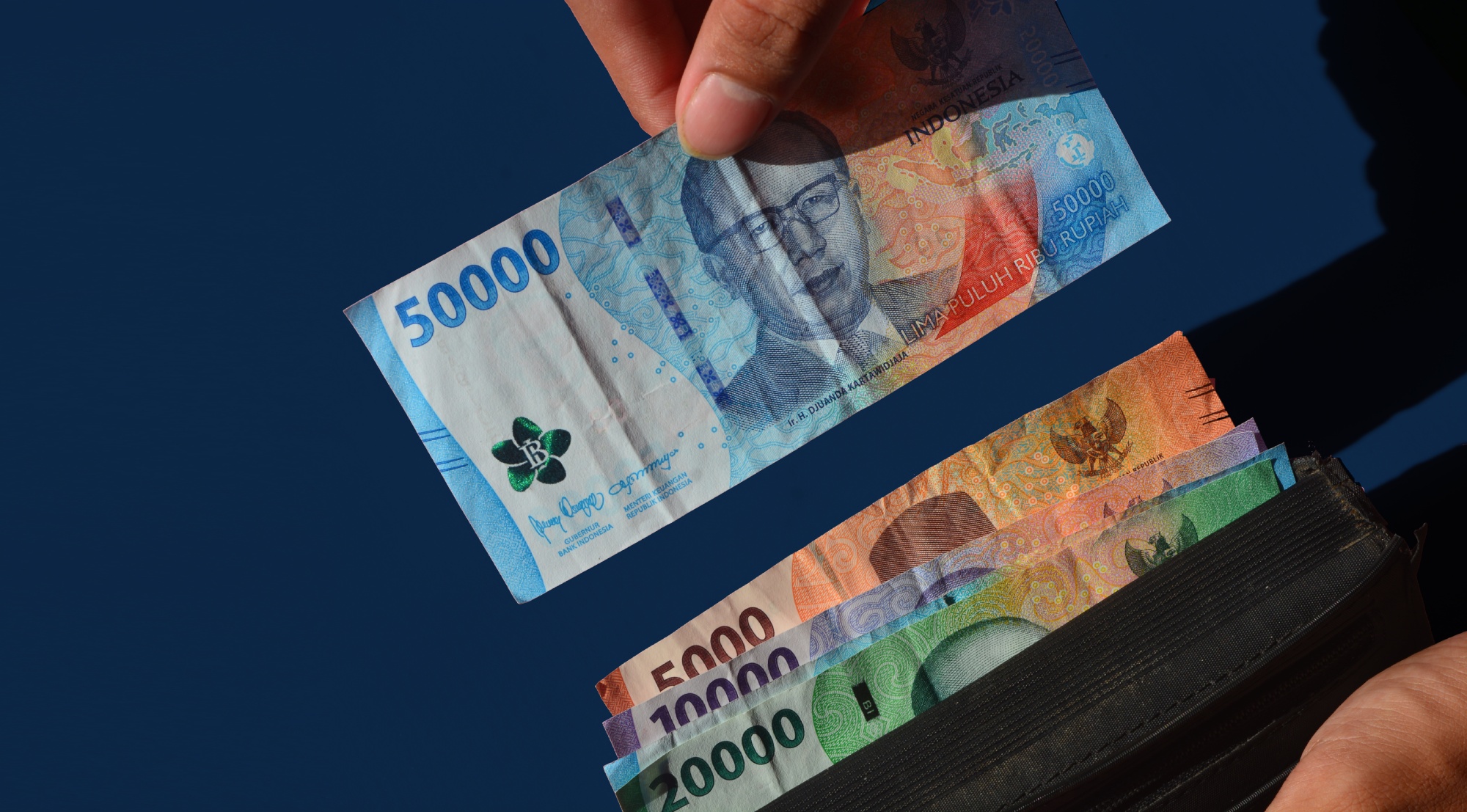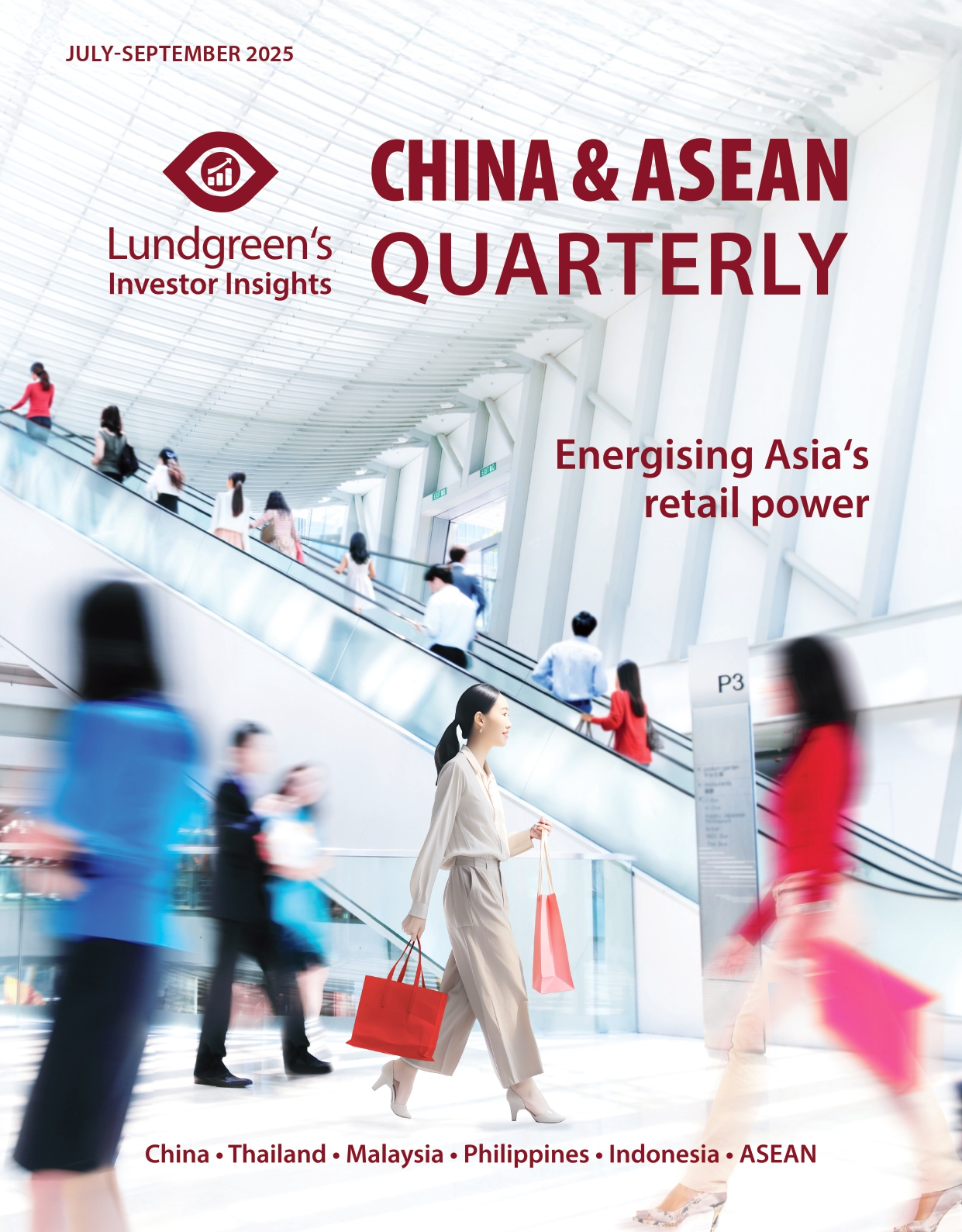Indonesian stocks, rupiah pressured on all fronts
Investors have recently been cautious when it comes to investing in the ASEAN region particularly in Indonesia, in the context of worsening global economic uncertainty and concerns over domestic policies. These have manifested in declining share prices and increased currency volatility. Indonesia celebrated a long holiday from 28 March to 7 April, during which the US President Donald Trump announced the “Liberation Day” tariffs that sank the Indonesian stock market. This is the second time that Indonesian stocks crashed this year deep enough to trigger a 30-minute trading halt, the first being on 18 March – the first drop since the pandemic and the biggest intraday slump since September 2011.
Following the recent dips, the Indonesia Stock Exchange and the Financial Services Authority decided to raise circuit breaker for temporary trading halts to 8 per cent. The real question is if Indonesia’s stock market, and its weakened rupiah, can bounce back.
Road to recovery
Global trade tensions, coupled with the US’ 32 per cent tariff on imports from Indonesia, put pressure on the country’s foreign exchange reserves and the import-export industry, triggering greater economic uncertainty and leading to sharp declines in stock valuations. This resulted in Indonesia’s USD 700-billion stock market tumble that has discouraged foreign investors from even dipping their toes or expanding their holdings of assets in the region. Graph 1 shows that Jakarta’s composite index has shed 17.11 per cent of its value in April 2025 year-to-date, with the surging valuations of technology stocks wiped out by declining stock prices in other industries, as seen in Graph 1.

Despite the sharp drop, we still see a few sectors that continue to thrive and offer solid returns amid challenging times. Energy stocks managed to stay afloat from May 2024 until March 2025, only recently breaking its positive streak. Though energy share prices are down 2.14 per cent as of end-April, the combined total market capitalization of the top 10 companies within the sector amounts to IDR 135.67 trillion (USD 8.2 billion). Among these, Dian Swastatika Sentosa has contributed USD 5 billion towards sustainability in 2023 alone. Beyond that, the recent tariff war waged by the US has also pushed investors to reconsider reallocating their investments from Chinese solar firms to Indonesian counterparts.
Meanwhile, Indonesian tech stocks remains as a beacon of light as they continue to flourish. One of the leading companies in the sector, DCI Indonesia, has seen its market capitalization rise to IDR 28.09 trillion (USD 1.7 billion) and a net profit of IDR 796.47 billion (USD 48 million) in 2024. With additional investments underway, such as Microsoft’s investment of USD 1.6 billion towards the country’s digital infrastructure, the sector’s growth will remain resilient.
Rupiah gains and losses
The Indonesian rupiah recently experienced a record-low against the US dollar, a slump that was last seen during the Asian Financial Crisis. The local currency depreciated by over 3 per cent this year, making it one of the underperforming currencies among emerging markets.
One might ask as to whether the Indonesian rupiah should even be considered among the basket of emerging market currencies – after all, the rupiah has traded above the 16,000 level against the greenback since January. However, one should look at the internal and external factors that led to this slump.

Internally, one can surmise that the market’s distrust towards President Prabowo Subianto’s leadership particularly his new government spending priorities contributed to the depreciation of the rupiah. Budget allocations for programs and bills passed by the Prabowo administration has left investors worried. For instance, USD 30 billion must be set aside to fulfil the free lunch programme for students, an amount that is equivalent to 14 per cent of the national budget, which required reducing allotments for certain infrastructure and tourism projects. There is also doubt regarding his larger goal of realising an annual GDP growth of 8 per cent.
Externally, US President Donald Trump’s new trade policies are spoiling market sentiment as he plans to slap a 32 per cent duty on exported Indonesian goods. It has been pointed out that higher US tariffs, together with trade protectionist policies, has shifted investments away from developing economies like Indonesia and has weakened the rupiah. As such, sectors that depend on imported electric components such as computer chips may experience a slowdown as they become more expensive.
However, Indonesian Ministry of Finance Sri Mulyani Indrawati rightfully points out that the declining rupiah does not represent the full economic picture. We continue to see opportunities that Indonesia can take advantage of despite the currency depreciation.
One sector to look at is the tourism industry. In 2024, Indonesia experienced an influx of tourists, mostly from Malaysia, which amounted to 2.27 million arrivals. Thanks to the low exchange rate, the country expects more Malaysian tourists to flock to its shores this year. Aside from those within the ASEAN region, visitors from areas with strong currencies like the US, EU, and China will find Indonesia’s relatively affordable services as more than enough reason to travel. At the same time, other industries such as hospitality, local retail, and entertainment can benefit from this tourism boost.
Moreover, Indonesia is actively looking to diversify its exports to other markets. In fact, Subianto has recently met with Thailand’s Prime Minister, Paetongtarn Shinawatra, to strengthen bilateral ties in areas such as halal products and digital industries, with the collaboration seen to generate USD 18 billion in total trade value. With countries like Saudi Arabia and Switzerland also looking to trade with Indonesia, we see more alternative markets for domestic goods that could offset reduced shipments to the US – which, in turn, will improve market sentiment towards the Indonesian market.
This original article has been produced in-house for Lundgreen’s Investor Insights by on-the-ground contributors of the region. The insight provided is informed with accurate data from reliable sources and has gone through various processes to ensure that the information upholds the integrity and values of the Lundgreen’s brand.






